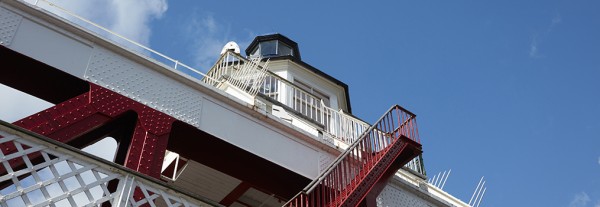
Our History
Please click the buttons below to cycle through the the relevant entries in our History Timeline.
2018
2017
2016
2015
2014
2013
2010
2004
2001
2000
1999
1994
1991
1985
1968
1966
1859
1850
1600
410AD
78AD

2018
On 28 June, we celebrated the fact that it is 50 years since the Act of Parliament creating the Port of Tyne was signed. Since then the Port has continued to move forward, investing in its infrastructure, equipment and people to become one of UK’s most innovative and efficient deep-sea ports.

2017
The Port is delighted to achieve a record 52 cruise calls, adding £51m GVA to the tourism economy of North East England and securing its place as a valuable asset to the region.

2016
Work gets underway at the Port to build a new 75,000 tonne storage and handling facility for Lynemouth Power Limited, a new biomass fired power station, providing electricity for the UK National Grid.

2015
With over £120m of investment and development, including the Tyne Dock infill and the increased capacity of the Tyne Car Terminal, the extension of Riverside Quay is completed and increases the Port's berthing capacity by 20%.

2014
The Port is recognised as the UK's Port of the Year at the inaugural National Transport Awards.

2013
The Port achieves the International Standard for Maritime Pilot Organisations, a standard of best practice for pilot and pilot organisations, and we are one of only three pilotage authorities in the UK to attain this standard.

2010
After an investment of over £20m, it is a significant time for the Port as our first wood pellet facility opens, bringing with it a storage capacity of a hefty 70,000 tonnes. Further investment is made in two bespoke hoppers, bringing the Port to the leading edge of this field.

2004
The state-of-the-art storage facility, Warehouse 21, finally reaches completion and boosts our storage capacity to over 50,000m². This enabled us to play a pivotal role in efficient, cost-effective supply chains for many international customers.

2001
We are delighted to establish a regular service with DFDS - Northern Europe's largest shipping company - between Newcastle and Amsterdam, now a daily passenger and RoRo freight service. To date, we are proud to say this route has carried over 10 million passengers.

2000
The Port launches its in-house fleet of trucks and trailers, the Port of Tyne Distribution Service, to deliver goods all over the UK, chosen by many for our advantageous location.

1999
Port of Tyne welcomes its very first cruise ship - Cunard’s Royal Viking Sun, known for its world voyages - to the International Passenger Terminal.

1994
Tyne Car Terminal welcomes its very first vessel, MV City of Sunderland. We become the second largest port for car exports in the UK, operating three on-site car terminals and recognised as a major European vehicle handler.

1991
The time comes to open the Tyne Container Terminal as the demand for container feeder services increases. Today, BG Freight operates regular services to and from the Port of Tyne, connecting the Port to Felixstowe and Rotterdam.

1985
We are honoured to have Her Majesty The Queen Mother open the Tyne Coal Terminal, known today as the Tyne Bulk Terminal and internationally renowned for handling a wide variety of commodities from around the world.

1968
On 28 June, The Tyne Improvement Commission is dissolved, making way for the Port of Tyne - one of the UK's largest trust ports. And it is here our story begins...

1966
The Tyne Improvement Commission opens the International Ferry Terminal, known today as the International Passenger Terminal, with over 600,000 cruise and ferry passengers travelling through each year.

1859
Through the Tyne Improvement Commission, a direct rail link to support coal exports opens at Tyne Dock, which would go on to be used for bulk cargoes needing quick and easy access to the Port.

1850
The boom in trade and industry, fuelled by the Industrial Revolution, marks a growing need for changes to the Tyne - and on 15 July the Tyne Improvement Act receive Royal Assent as the River Tyne's stewardship passes from the City of Newcastle upon Tyne to the newly formed Tyne Improvement Commission.

1600
The North East establishes a newfound prosperity through its coal exportation on the River Tyne and the famous phrase "carrying coals to Newcastle" is born.

410AD
In Anglo Saxon times the Port was at the heart of the kingdom of Northumbria, bringing visitors, craftsmen, and building materials from all over Europe to build St Paul’s Monastery at Jarrow. Later it was home to the Venerable Bede (680 - 735), the scholar, mathematician and astronomer known as the father of English history.

78AD
The Romans arrive in North East England and establish a port on the River Tyne. They use it to trade grain, wood, hides, salt, lead, wool and fish in exchange for wine, leather, cloth, tiles and metal from Northern Europe, Spain and Italy.


